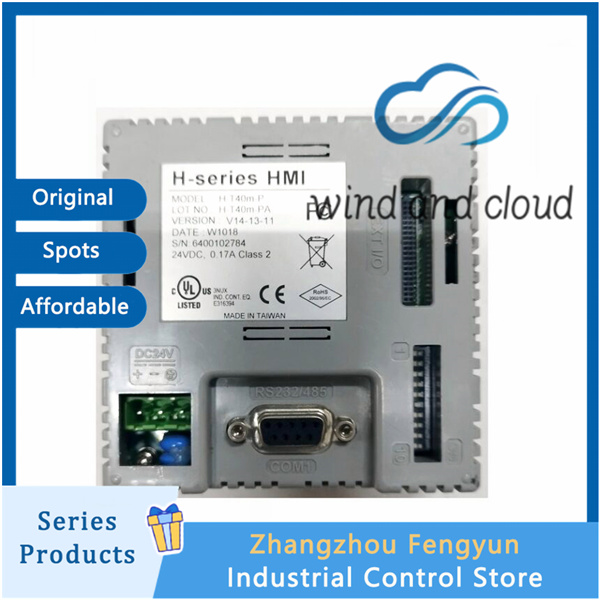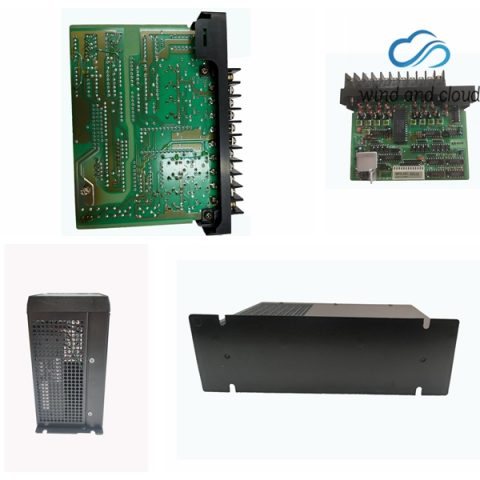AAll products on this website are discounted products, and market prices have been fluctuating. Please refer to customer service quotes for details. Pictures are not actual photos. Before placing an order, please confirm the model, product, price, and other detailed information with customer service. Both second-hand and brand new products are available for sale on this website. Please contact customer service for further communication.
These pieces of information provide clear guidance for understanding the configuration, alarm mechanism, and importance of redundant wiring of Tricon power modules.
BEIJER UCT-31P 230|Distributed controller|

The information you provided provides a detailed description of the alarm circuit and wiring recommendations for the power module, as well as the alarm situation for the expansion and mainframe. These contents can be summarized as follows:
- Alarm circuit and redundant configuration of power module
The alarm circuit on each power module works independently.
To ensure the reliability of the system, the alarm system should be wired in a dual redundant configuration, which can avoid the system relying on a single power source for power supply.
Figure 2-6 (not shown) is an example of this redundant wiring, typically involving two power sources (Power 1 and Power 2) and loads (such as alarm bells, lights, alarm sounds, etc.).
- Alarm indication of the host rack
The power module in the mainframe will trigger an alarm in the following situations:
The system configuration does not match the control program.
A LOAD/FUSE error occurred in the digital output (DO) module.
A module is missing in the system.
The main processor or I/O module in the mainframe is malfunctioning.
The online I/O module in the expansion rack is malfunctioning.
The main processor has detected a system malfunction.
I/O bus cable connection error (such as A branch cable incorrectly connected to B branch).
Alarm for power module failure, power supply interruption, or low battery voltage or high temperature in the power module.
BEIJER UCT-31P 230|Distributed controller|
- Alarm situation of the expansion rack
When the I/O module in the expansion rack fails, the power module of the expansion rack will trigger an alarm.
When the following situations occur, at least one alarm contact of the power module will be activated:
Power module malfunction.
Input power lost.
The temperature of the power module is too high.
- Specification of power module
Taking the Tricon power module as an example:
Power modules for models 8310, 8311, and 8312:
Isolation: 1000VAC or 1500VDC, input to output.
Recommended input voltage range: 120VAC/VDC (-15%+10%).
Input frequency: 47-63Hz.
Input power requirement: Each power module must be at least 240 watts.
Power factor: 0.70, typical value.
Peak factor: 2.5, typical value.
Input current: Steady state 0.75 A (typical), maximum 2.75 A; Surge 2 amps (typical), maximum 18 amps.

By structuring the information in this manner, the article provides a clear and organized understanding of input channels, transducer supply, and communication implementations in distributed control systems.
Zhangzhou Fengyun’s main products include ABB, GE, Bently Nevada Bentley, ICS TRIPLEX, Honeywell, Schneider, EPRO, yokogawa Yokogawa, Woodward, EMERSON, Emerson, and Invensys TRICONEX, which have abundant inventory, fast delivery, and reliable quality.

-1.jpg)
-1-480x480.jpg)

There are no reviews yet.